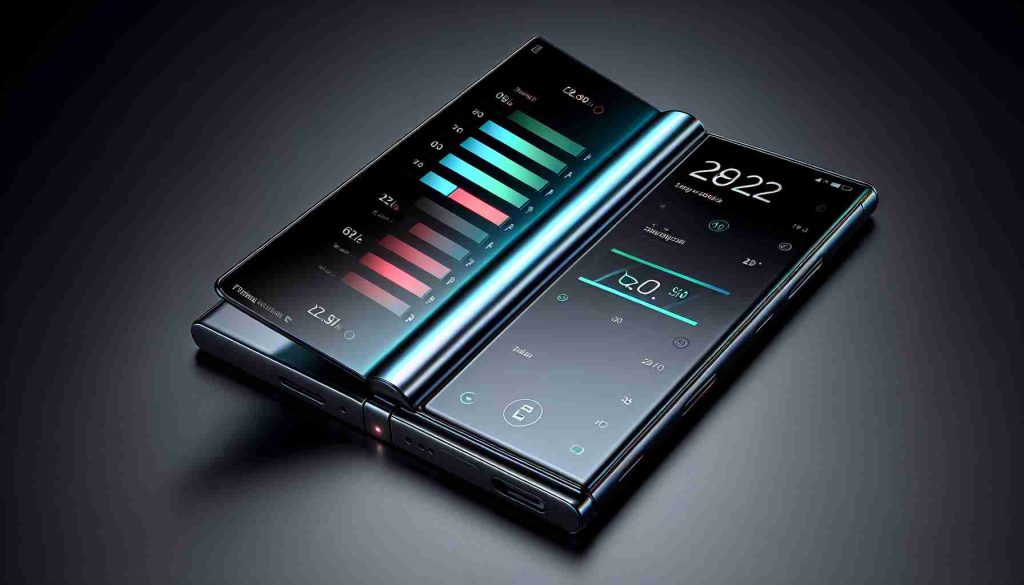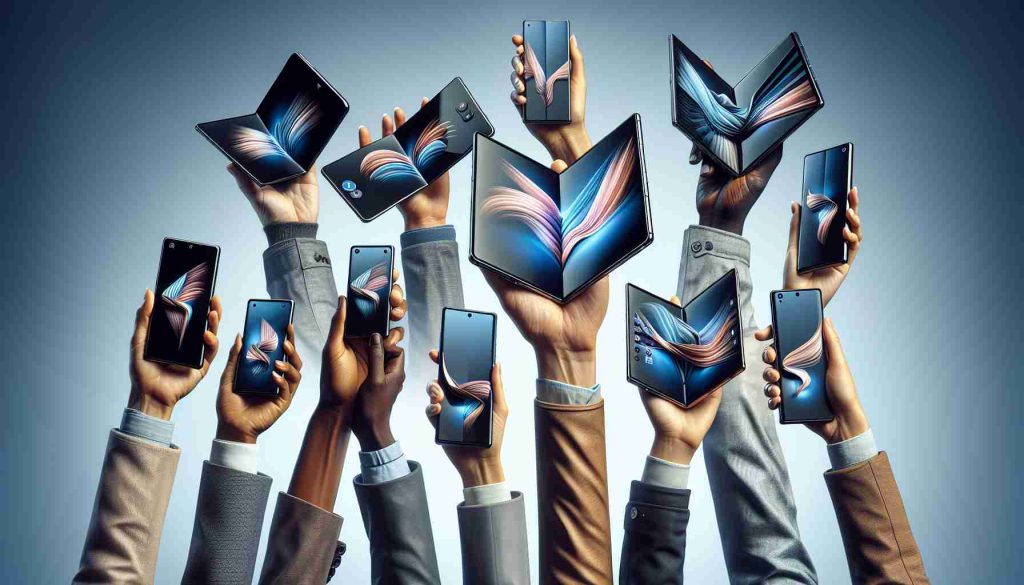In a significant event for the smartphone industry, Apple and Huawei both introduced new models on September 20, igniting interest among tech enthusiasts. Apple officially released its iPhone 16 series, drawing considerable crowds at its Shanghai store, where eager customers lined up to collect their devices. Many consumers remarked on the modest upgrades in this year’s iPhone, particularly expressing disappointment that some anticipated features would not be immediately available.
In a tactical move to challenge Apple, Huawei simultaneously launched its Mate XT, a cutting-edge foldable phone priced starting at 19,999 yuan. Huawei reported an impressive 6.85 million pre-orders for the Mate XT, although customers did not need to pay a deposit, creating uncertainty regarding delivery timelines.
As competition heats up in the high-end smartphone market, both brands have carved out substantial user bases. Apple continues to lead with its reputation for superior software and a loyal customer following. Conversely, Huawei’s innovative design and technology have attracted a different segment of users, with some willing to pay a premium for the latest advancements.
The launch events also highlighted an interesting shift in consumer behavior. Some Huawei fans demonstrated a willingness to wait and try to secure a device despite limited stock, showcasing their commitment to the brand. Analysts predict that this rivalry will further intensify as both companies continue to push the boundaries of smartphone capabilities and market strategies.
With distinct user groups, the competition between Apple and Huawei emphasizes the evolving dynamics of the tech industry, where consumer preferences and innovation play pivotal roles.
Apple and Huawei Ignite Rivalry with the Launch of Competing Devices
On September 20, both tech giants Apple and Huawei launched their latest smartphone models, the iPhone 16 series and the Mate XT, respectively, showcasing their ongoing rivalry in the competitive smartphone market. This launch not only highlights the differences in their product offerings but also reflects broader trends in consumer preferences and market strategies.
What Are the Key Features of the New Devices?
Apple’s iPhone 16 series boasts enhancements in processing power with the latest A17 chip and improved camera capabilities, focused on delivering higher-quality photographs in varying lighting conditions. However, critics have pointed out that many anticipated upgrades, such as an under-display fingerprint sensor, were not included.
Huawei’s Mate XT, on the other hand, features a unique foldable design that allows for greater multitasking capabilities and a more immersive display experience. It also includes advanced AI-powered photography features and 5G connectivity, appealing to tech-savvy consumers looking for cutting-edge technology.
What Challenges Do Both Companies Face?
One of the primary challenges for Apple is the increasing scrutiny over its pricing strategy. As more consumers seek value-for-money propositions, Apple’s higher price points may deter potential buyers, especially in emerging markets. Additionally, Apple’s reliance on a closed ecosystem may limit its flexibility in adapting to trends that competitors embrace.
Huawei is facing challenges mainly due to ongoing international trade restrictions, particularly from the United States, which have impacted its supply chains and software capabilities. Although the company has made significant strides in developing its HarmonyOS, the absence of Google services continues to be a considerable drawback for potential users outside its home market.
What Are the Advantages and Disadvantages of Each Brand?
In terms of advantages, Apple holds a strong lead in brand loyalty and ecosystem integration, allowing for a seamless user experience across devices. The iOS operating system is renowned for its stability and security features, making it a preferred choice for many consumers.
Conversely, Huawei’s advantages lie in its innovative technology and design, particularly in camera capabilities and 5G functionality. The Mate XT’s unique design caters to consumers looking for versatility and a different smartphone experience. However, the significant drawback remains its limited software ecosystem outside of China, which can deter users accustomed to Android’s flexibility and the availability of Google services.
How Are Consumer Preferences Influenced by Brand Loyalty?
Consumer preferences are increasingly shaped by brand loyalty, with many loyal Apple users often resistant to switching to alternatives, despite Huawei’s competitive offerings. Meanwhile, Huawei’s loyal consumer base in China showcases a bullish attitude towards the brand amidst global uncertainties, prioritizing innovation and design over brand prestige.
Conclusion
As Apple and Huawei continue to launch competing devices, the rivalry emphasizes not just the evolving smartphone technology but also the changing dynamics of consumer behavior in a highly competitive market. With each company focusing on distinct strengths – ecosystem integration for Apple and innovative design for Huawei – the future of the smartphone industry remains unpredictable yet exciting.
For more insights on smartphone competition, visit Apple’s website and Huawei’s website.























